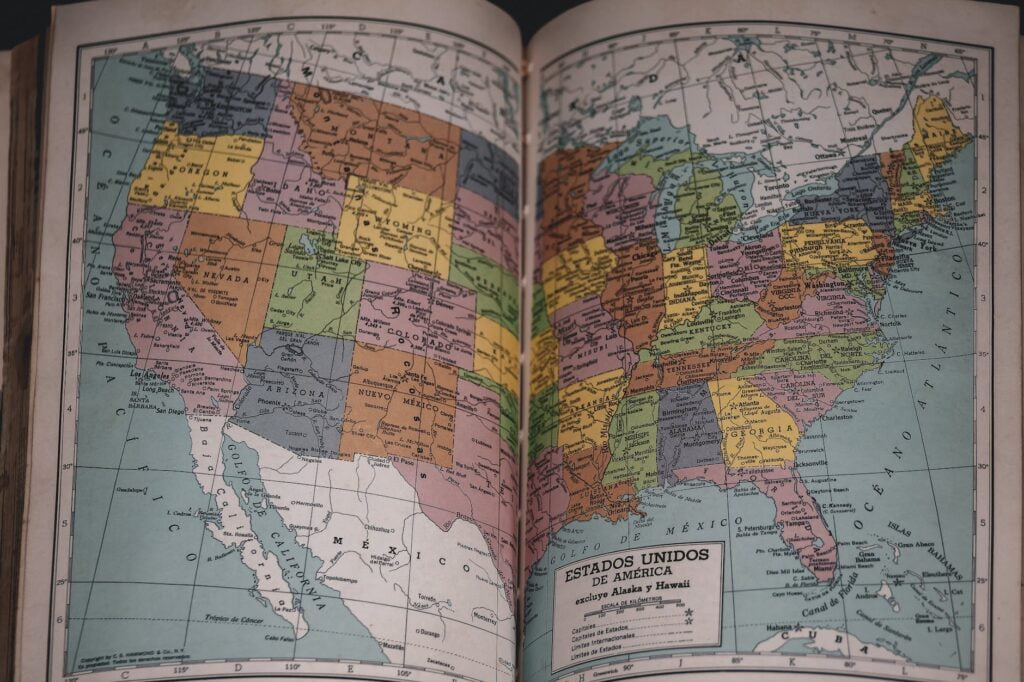Index
- Introduction
- The historical context
- The Treaty of Tordesillas
- Objective and negotiations
- Terms and divisions
- Impacts and consequences
- Colonial expansion
- Territorial disputes
- Conclusion
- FAQ
Introduction
The Treaty of Tordesillas, signed in 1494, was a historic agreement between the kingdoms of Portugal and Spain that established a dividing line in the Atlantic, determining the areas of exploration and colonization by each nation. This treaty was the result of the great navigations and discoveries promoted by Europeans at the end of the 15th century.
The historical context
At the end of the 15th century, Portugal and Spain led a series of maritime expeditions in search of new trade routes to the East, particularly the Indies. These expeditions led to the discovery of previously unknown lands, such as the American continent.
The Treaty of Tordesillas
Objective and negotiations
Faced with the rivalry between Portugal and Spain, Pope Alexander VI, in 1493, proposed the division of discovered lands between the two countries. Negotiations resulted in the Treaty of Tordesillas, signed on June 7, 1494.
The main objective of this treaty was to avoid conflicts and disputes between Portugal and Spain, establishing a dividing line that delimited the areas of influence of each country overseas.
Terms and divisions
Following the provisions of the Treaty of Tordesillas, it was stipulated that all lands east of a line demarcated 370 leagues west of the Cape Verde Islands would belong to Portugal. The lands west of this line would be owned by Spain.
This division resulted in a large area of influence for Portugal, including territories that would later become part of Brazil. Spain, on the other hand, gained control over the lands that make up a large part of the American continent, including Central and South America.
Impacts and consequences
Colonial expansion
With the Treaty of Tordesillas, Portugal consolidated its colonial expansion in the lands discovered in the New World. From then on, a series of expeditions and colonizations began, mainly in Brazil, which became the main Portuguese colony in America.
Spain also benefited from the treaty, colonizing vast areas of the American continent and establishing a vast colonial empire.
Territorial disputes
Despite the agreement, several territorial disputes arose over the years in relation to the limits established by the Treaty of Tordesillas. Several European nations ignored the agreement and made their own claims to the “discovered” lands.
These disputes resulted in conflicts and wars over the following centuries, and many border conflicts still persist to this day.
Conclusion
The Treaty of Tordesillas marked an important moment in the history of European colonization in the New World. He established limits and influenced the colonial expansion of Portugal and Spain, promoting a division of land between the nations. Despite its imperfections and later disputes, this treaty played a fundamental role in the formation of Latin American countries.
FAQ
1. What were the main consequences of the Treaty of Tordesillas?
– The Treaty of Tordesillas consolidated the colonial expansion of Portugal and Spain in the discovered lands, establishing territorial limits in the New World.
2. Is the Treaty of Tordesillas still in force?
– No, the treaty has been replaced by other agreements and conventions over the years.
3. Which countries were directly affected by the Treaty of Tordesillas?
– All countries that were created in South America were impacted. However, on the side of the colonizing countries, Portugal and Spain were directly involved.
4. Were there conflicts between Portugal and Spain after the signing of the Treaty of Tordesillas?
– Yes, there were several territorial disputes over the following centuries, resulting in conflicts and wars.
5. How did the Treaty of Tordesillas influence the formation of Latin American countries?
– The agreement established the dominance of Portugal and Spain over vast areas on the American continent, contributing to the formation and culture of Latin American countries.
References
Treaty of Tordesillas – Wikipedia
The Treaty of Tordesillas and its projection | History Magazine (usp.br)
Treaty of Tordesillas – Encyclopedia of World History (worldhistory.org)





